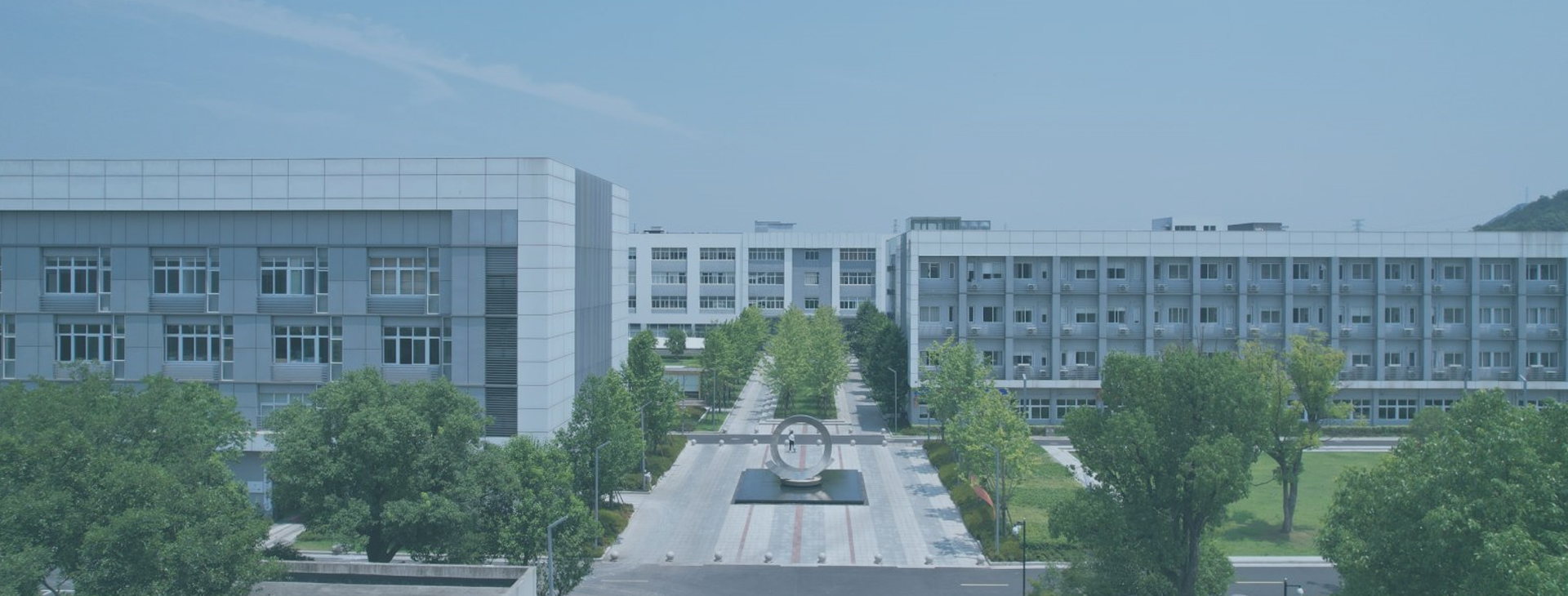Introduction to the advantages of ceramic substrates
Ceramic substrate is a high-performance ceramic material widely used in industries such as electronics, optoelectronics, electrochemistry, biosensing, and medical diagnosis. There are many advantages, such as high temperature bearing capacity, good mechanical properties, corrosion resistance, good insulation performance, and high-precision processing. Below are the advantages of ceramic substrates.
1、 Advantages
1. High temperature bearing capacity
Ceramic substrates have excellent high-temperature bearing capacity and can maintain stable performance even in high-temperature environments. This makes electronic components particularly suitable for use under high temperature conditions, such as high-power resistors, heating elements, thermistors, etc.
2. Excellent mechanical performance
Ceramic substrates have mechanical properties such as high hardness, high strength, high toughness, and low wear, which can withstand high stress and heavy loads and are not easily broken. Therefore, it is widely used in industries such as mechanical equipment, electronic components, and magnetic storage.
3. Corrosion resistance
Due to the chemical inertness, non toxicity, and harmlessness of ceramic materials, ceramic substrates have excellent corrosion resistance and can be used for a long time in harsh environments such as acid, alkali, and salt. Therefore, it is widely used in the fields of electrochemistry, biosensing, and medical diagnosis.
4. Excellent insulation performance
Ceramic substrates have excellent insulation properties and can withstand high voltages and currents without causing leakage or breakdown. Make electronic components suitable for high frequency, high voltage, and high temperature environments.
5. High precision machining
Ceramic substrates are processed with advanced processing techniques to form various complex structures and precise holes with high precision. This has broad prospects in industries such as optoelectronics, biosensing, and medical diagnosis.
2、 Application
The widespread application of ceramic substrates involves the following aspects:
1. Electronics
Ceramic substrates are widely used in the electronics industry, mainly including the manufacturing of components such as capacitors, resistors, chip inductors, oscillators, filters, etc. Ceramic substrates have high precision and reliability, making them high-quality materials for the electronics industry.
2. Optoelectronics
Ceramic substrates are also widely used in the field of optoelectronics, especially in industries such as fiber optic communication, optoelectronic modules, optoelectronic detection, and optical components. Ceramic substrates have excellent optical properties, such as high transparency, high refractive index, high density, and low scattering.
3. Electrochemistry
The applications of ceramic substrates in the electrochemical industry mainly include electrodes, capacitors, sensors, chemical reactors, etc. Their superior corrosion resistance and high-temperature bearing capacity enable them to work in harsh environments.

